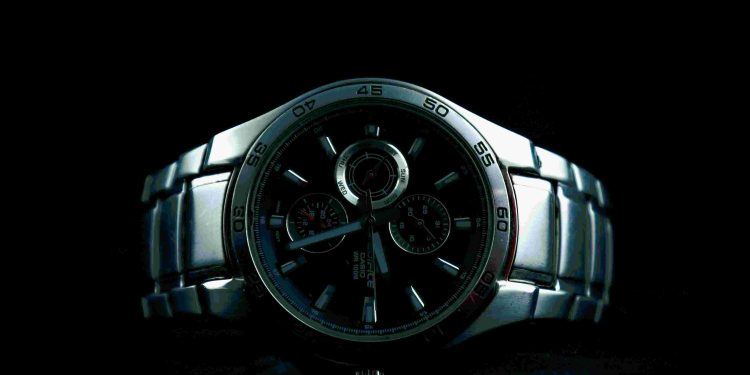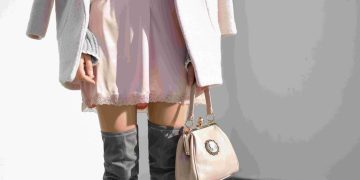Vintage Style Clothing

Vintage style isn’t just about clothing; it’s a gateway to self-expression, confidence, and the rediscovery of forgotten craftsmanship.
The first time I tried on a vintage trench coat, I felt something powerful—a connection to stories woven into the fabric and the era it came from. It wasn’t just clothing; it was history, timelessness, and a refreshing deviation from the cookie-cutter outfits that dominate contemporary fashion.
In our world inundated by fast fashion, vintage style clothing offers something vastly different. It challenges the notion of disposability and encourages us to embrace sustainability. The psychological grounding of vintage clothing is profound: wearing it instills a sense of uniqueness—because you know that the person next to you won’t be sporting the exact same piece.
Why Vintage Stands the Test of Time
A dive into vintage style reveals much about the society that created these garments. The attention to detail, the quality of textiles, and the meticulous craftsmanship demonstrate values we increasingly crave in today’s fast-paced economy. Vintage style invites us to pause and reflect, to see clothing not just as something functional, but as a form of art and expression.
Philosopher Friedrich Nietzsche once remarked, “Style is what survives when fashion fades.” Vintage embodies this idea—it defies fleeting trends, continuously reinventing itself in different eras. Why chase fleeting fads when history has already minted perfection?
A Greater Cultural Revolution
Society often paints vintage enthusiasts as nostalgic, but I argue they are futurists—pioneering a sustainable, personalized approach to fashion. As technology increasingly infiltrates this sector, imagine AI algorithms recreating classic designs or sourcing pre-loved vintage pieces tailored to your unique body type.
Moreover, vintage echoes trends across broader domains. Businesses adopt retrospectives in branding, technology revives past paradigms such as vinyl records, and interior design sees savvy millennials opting for mid-century furniture. The future, it seems, may blend retro aesthetics with modern innovation.
Actionable Steps for Incorporating Vintage Style
- Start Small: Integrate a vintage accessory like a scarf or belt into your wardrobe. See how it transforms your outfit’s vibe.
- Visit Thrift Stores: Don’t underestimate the gems that hide in second-hand shops. Dedicate time to explore and uncover unique pieces.
- Combine Old with New: Pair a vintage blouse with modern jeans or sneakers to achieve a fresh, eclectic look.
- Learn the Craft: Study fabrics and dating techniques to understand authenticity and quality.
- Share and Swap: Join vintage communities where enthusiasts share tips, swap clothing, and inspire creativity.
- Think Sustainability: Use vintage as part of your commitment to reducing fashion waste and promoting eco-friendliness.
The Psychological Power of Vintage Style
Wearing vintage clothing focuses the mind on individuality in an era marked by uniformity. It tells the world, “I don’t need to follow the herd; I appreciate history, depth, and uniqueness.” This mindset cultivates confidence and resilience—attributes highly valued in professional and personal settings.
Psychology suggests that what we wear impacts how we think and feel. The texture of high-quality fabric or the rarity of a vintage design can trigger feelings of pride and self-worth. The choice to wear vintage represents autonomy—a philosophy essential for growth and innovation.
Challenging Conventional Wisdom
Conventional wisdom treats fashion as frivolous, but it is one of the most powerful tools of self-expression. Vintage challenges this narrative by inviting us to blend past heritage with future purpose. We can build a wardrobe that values durability and emotional connection over fleeting gratification.
Designers can take a cue here—reimagining past ideas through modern techniques to foster a new era of creativity that balances tradition and technology seamlessly. Similarly, consumers can resist the call of instantaneous trends and instead curate closets of longevity and meaning.
Continuous Learning Through Style
Committing to vintage style is also a commitment to learning—it requires you to delve into history, design, and even the environmental impacts of fashion choices. This is an ongoing process that not only improves your wardrobe but your understanding of art, society, and sustainability. Books like “Vintage Fashion: Collecting and Wearing Designer Classics” are excellent resources for beginners.
By continuously educating yourself, you step closer to becoming a steward—not just of fashion, but of conscious consumerism. Vintage style cultivates mindfulness in both appearance and ethics—a synergy that modern society desperately needs.
The Future of Vintage and You
As creativity meets technology, the vintage aesthetic is ready to evolve faster than ever. Imagine 3D-printed replicas of iconic designs or blockchain technology ensuring authenticity. The future of vintage isn’t just about looking backward—it’s about adapting timeless principles to create bold, forward-looking opportunities.
What’s your role in all of this? Start small today—try on an era you’ve never experienced. Reconnect with something meaningful, and challenge the fleeting, throwaway culture that surrounds us. In embracing vintage, you might discover that sometimes, looking back is the first step toward moving forward.








